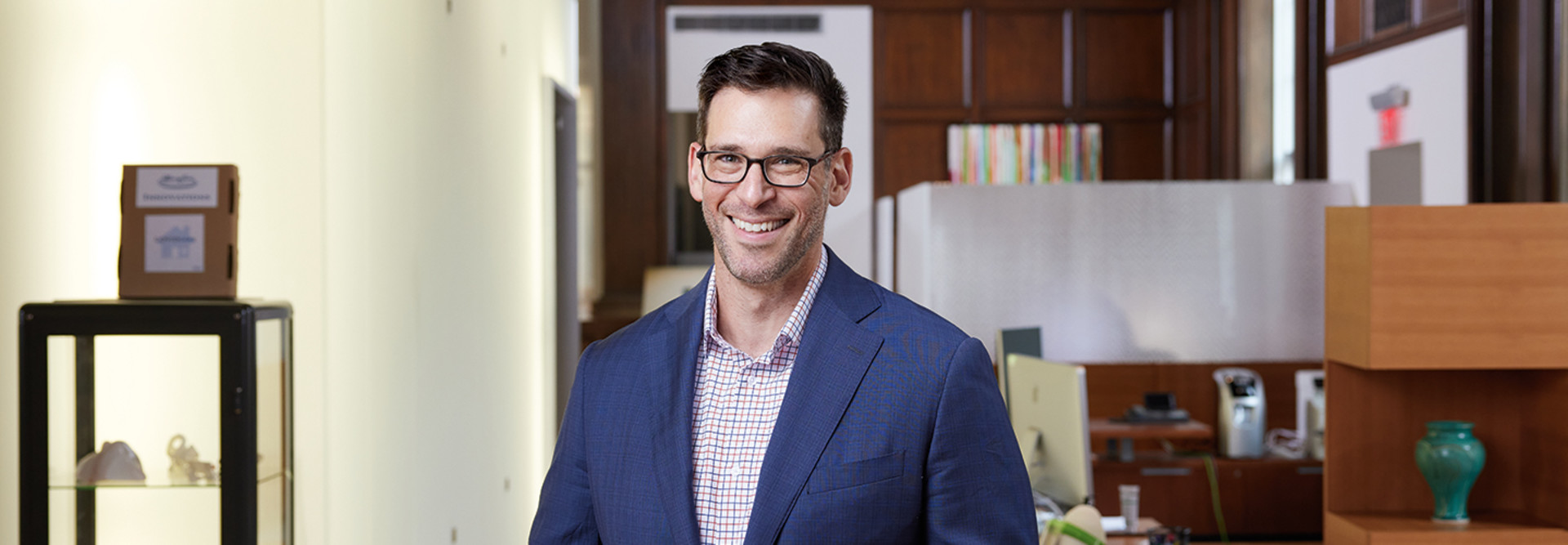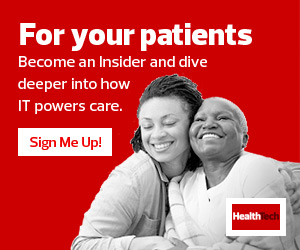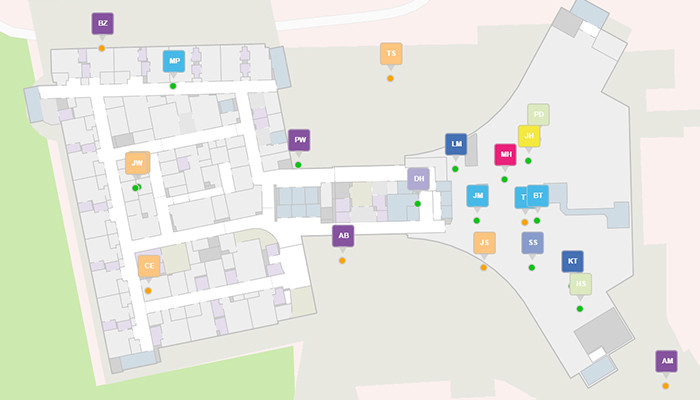Supporting Hospital Navigation With Technology
Siegal’s solution at Henry Ford Health, incubated through Henry Ford Innovations and now commercialized as the NavvTrack platform, is one of a growing number of tools designed to make hospital navigation quicker and more efficient. Many academic medical centers, for instance, are complex mazes with many buildings and parking areas. Solutions that use location-sensing technologies such as Bluetooth low energy and Wi-Fi-based positioning systems are helping move people through facilities.
And healthcare staff aren’t the only ones who need the guidance; patients also benefit from modern hospital navigation tools.
“Wayfinding used to be a nice-to-have but now is increasingly a must-have,” says Barry Runyon, research vice president at Gartner. “From a consumer and patient convenience perspective, it’s a no-brainer.”
The beauty of many of today’s asset tracking and wayfinding systems is that they don’t require new infrastructure to stand up. Patients can pull up services on their own mobile devices, and hospitals can just use the Wi-Fi networks or Bluetooth beacons already in place.
Certainly, it helps to do a networking security assessment and make sure a healthcare system’s infrastructure is robust enough to handle such a solution, says Josh Peacock, healthcare solutions adviser at Sirius Healthcare, a CDW company.
Technologies that support hospital navigation have also gotten more granular in recent years, according to Peacock, with tracking improving down to the inch. “The fidelity of location tracking now is just so much better than it was five years ago,” he says.
FIND OUT: What health systems need to know about custom apps.
Sharing Indoor Positioning With Navigation Platforms in Healthcare
Hospital navigation issues can translate into delayed admissions and discharges and slow the turnaround of rooms. At Henry Ford Health, its navigation platform has helped reduce the time it takes to clean a room by more quickly alerting the team that a room is ready and dispatching the closest available staffer.
“It happens day in and day out at hospitals all around the country,” Siegal says. “The whole challenge around the length of stay has been a big deal in inpatient care for a long time.”
Henry Ford Health’s app is automatically deployed onto hospital-issued Apple iPhone devices for support services employees. “Each phone pings its location back to a central command and control server,” Siegal says.
They show up as blue dots on a Wi-Fi-based indoor positioning system. “Now, we’ve got the control tower, where supervisors can see in real time where the whole team is,” he says. Think of it as air traffic control for a hospital.
The system also tracks equipment. It attaches asset tags to devices such as wheelchairs, stretchers, beds and even specimen samples — “the kinds of things that, if you ask any nurse, they can never find when they need them,” Siegal adds.
The tags can also help engineers locate equipment to perform routine services. “Or, if there’s a recall, you don’t want to waste your time searching every single one, because 80 percent of them are fine,” Siegal says.












